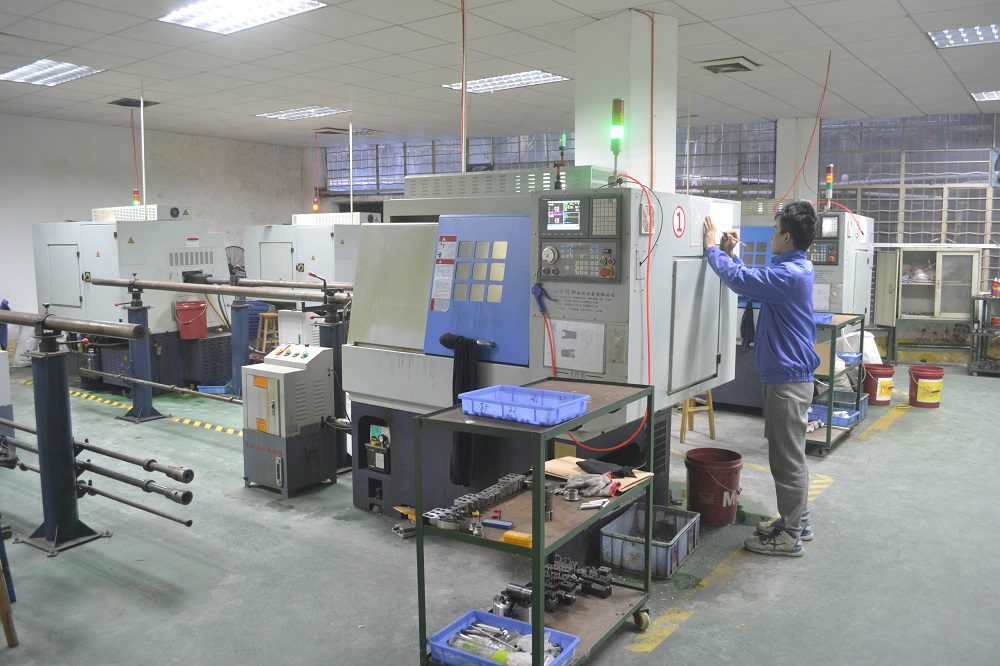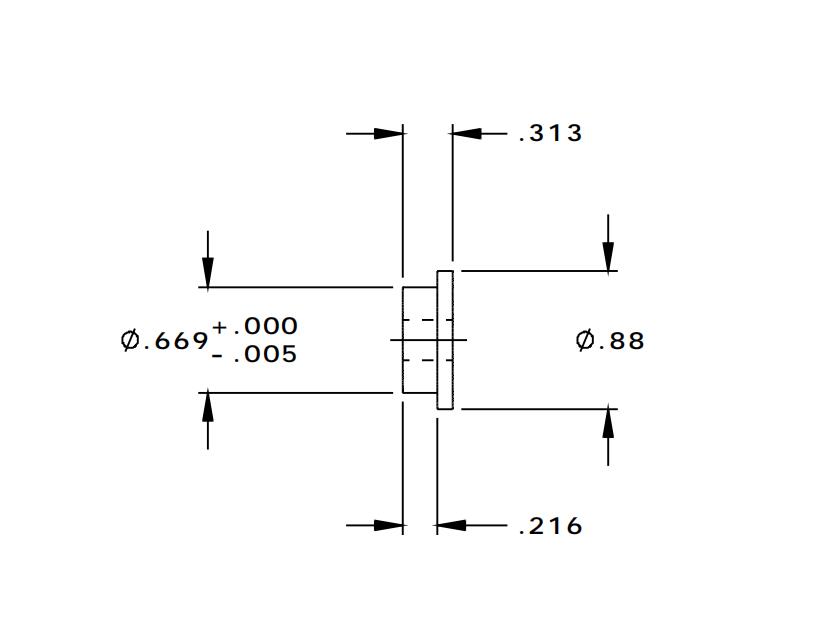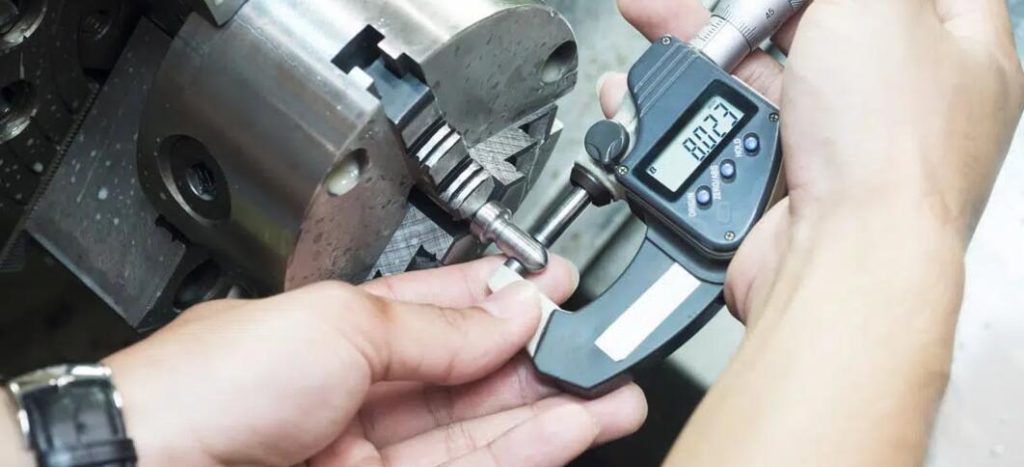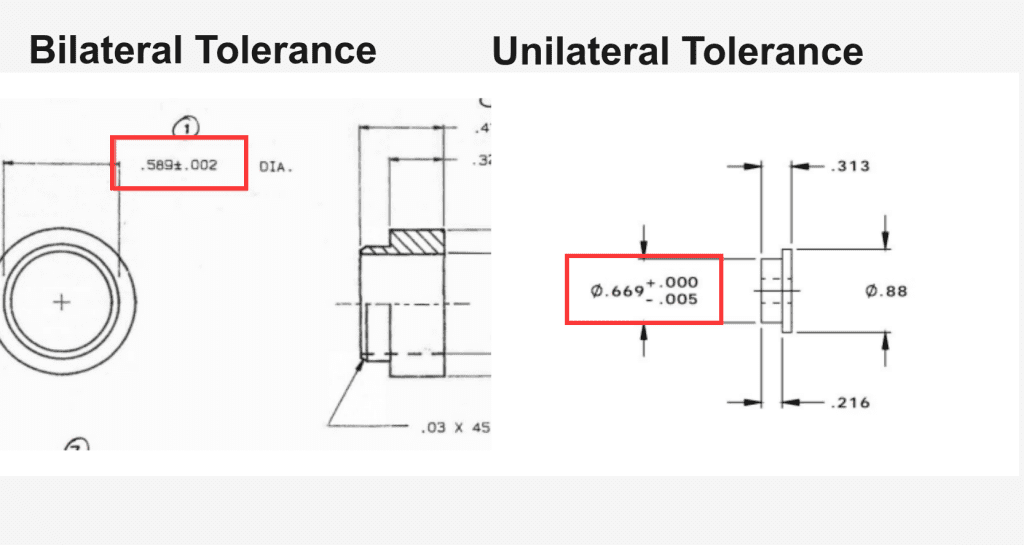- What are Tolerances in CNC Machining?
- What is Unilateral Tolerance, and How is it Applied?
- What is Bilateral Tolerance?
- What are the Differences Between Unilateral Tolerance and Bilateral Tolerance?
- Why are Unilateral and Bilateral Tolerances Important in Manufacturing?
- How do Material Properties Influence the Choice of Tolerance Type?
- What Role do Unilateral and Bilateral Tolerances Play in Design and Engineering?
- Conclusion
What is Unilateral Tolerance and Bilateral Tolerance?
In the precision-driven world of CNC machining, understanding tolerances is akin to a chef mastering ingredients. Tolerances are the unsung heroes, ensuring each part fits perfectly into the grand design. Today, I’m diving into unilateral and bilateral tolerances, breaking down their complexities with the ease of a seasoned machinist.
Tolerances in CNC machining are the permissible limits of variation in dimensions. Think of them as the boundary lines within which a part must be crafted. Unilateral tolerance is one-sided, allowing variation in only one direction, while bilateral tolerance is more democratic, permitting variation on both sides of a nominal size.
It’s not just about making parts; it’s about making parts that fit seamlessly into their intended roles. Understanding these tolerances is not just important; it’s essential for anyone involved in manufacturing and design.

What are Tolerances in CNC Machining?
In CNC machining, where precision is paramount, tolerances are the silent guardians of quality. Tolerances, simply put, are the acceptable limits of variation in a physical dimension. Imagine them as the goalposts within which a CNC machined part must score to be deemed successful.
Tolerances are defined based on the function and fit of the part. They ensure that despite the inherent minor variations in manufacturing processes, each component can still function as intended when assembled. It’s like tailoring a suit – the measurements must be precise to ensure a perfect fit.
In CNC machining, tolerances are typically defined in the design phase. They are informed by factors such as the material’s properties, the intended use of the part, and the manufacturing capabilities. At our factory, equipped with state-of-the-art CNC machines, we ensure that these tolerances are adhered to with meticulous precision, blending technology with the artistry of machining.
What is Unilateral Tolerance, and How is it Applied?

Unilateral tolerance in CNC machining is like a one-way street. It’s a type of tolerance where variations are allowed only in one direction from the nominal (base) dimension. Imagine you’re designing a piston that can only be smaller than the specified size, not larger. That’s unilateral tolerance at work.
At Worthy Hardware, when we use unilateral tolerances, it’s usually for parts where assembly requires a specific clearance or fit. For instance, a shaft that needs to slide into a bore – the shaft can be smaller but not more extensive than its nominal size. This one-sided leeway is crucial in ensuring the part is within the space it’s designed to fit into.
Applying unilateral tolerance is a strategic decision. It’s about understanding the functional requirements of the part and ensuring that the tolerance aligns with these requirements. We often use it when a critical surface or feature must maintain a strict relationship with another part in the assembly.
One of the critical benefits of unilateral tolerance is its simplicity in measurement and inspection. It’s easier to check if a part is within tolerance when you’re only looking in one direction. This efficiency is a boon in high-volume production where time is of the essence.
What is Bilateral Tolerance?

Bilateral tolerance in CNC machining is like a two-way road. It’s a more democratic approach to tolerancing, where variations are allowed on both sides of the nominal dimension. This means a part can be either slightly larger or smaller than the specified size.
This type of tolerance is beneficial when the part doesn’t interact tightly with other components. For example, a cover plate that doesn’t need to fit snugly into another part can have a bilateral tolerance. It’s about striking the right balance between precision and practicality.
Bilateral tolerance is like a balancing act. It requires a keen understanding of the part’s function and the manufacturing process. By allowing variations in both directions, we can accommodate natural variances in material and machining, ensuring a high yield rate without compromising quality.
What are the Differences Between Unilateral Tolerance and Bilateral Tolerance?
To vividly illustrate the differences between unilateral and bilateral tolerances, let’s lay it out in a table format. This comparison should make it as clear as the difference between a lathe and a milling machine in a CNC workshop.
| Aspect | Unilateral Tolerance | Bilateral Tolerance |
| Direction of Variance | Variance is allowed only in one direction (either over or under the nominal size). | Variance is allowed in both directions (both over and under the nominal size). |
| Application | Ideal for parts where assembly requires specific clearance or fit (e.g., gears fitting onto a shaft). | Suitable for parts where some flexibility is acceptable (e.g., cover plates). |
| Inspection Simplicity | Easier to measure and inspect, as checking is done in a single direction. | Requires more comprehensive inspection, as variation can occur in two directions. |
| Manufacturing Strategy | Used when there is a critical surface or feature that must maintain a strict relationship with another part. | Employed when there’s a need for balance between precision and practicality. |
| Flexibility | Less flexible, as it caters to specific functional requirements of a part. | More flexible, accommodating natural variances in material and machining. |
| Typical Use Cases | Perfect for components that interact tightly with other parts, requiring precise fits. | Ideal for standalone parts or components where exact fit is less critical. |
Why are Unilateral and Bilateral Tolerances Important in Manufacturing?
- Ensuring Fit and Function: At the heart of every successful CNC machining project is the assurance that the parts will fit and function as intended. Unilateral and bilateral tolerances are the tools we use to guarantee this. They ensure that each piece can reliably interact with others in an assembly, whether it requires a snug fit or a bit of leeway.
- Quality Control: Tolerances are the benchmarks against which we measure the quality of our work. By adhering to these tolerances, we maintain high standards of quality, ensuring that each part meets our specifications and our clients’ expectations.

- Maximizing Efficiency: In manufacturing, efficiency is king. By understanding and applying the appropriate type of tolerance, we can streamline our production processes. Unilateral tolerances can simplify inspection processes, while bilateral tolerances can increase yield by accommodating natural variances in materials and machining.
- Cost-Effectiveness: Precision in manufacturing isn’t just about achieving the correct dimensions; it’s also about doing it cost-effectively. Tolerances help reduce waste, minimize rework, and keep costs in check. This is critical in a competitive industry like ours.
- Catering to Material Characteristics: Different materials behave differently under machining. Tolerances allow us to account for these variations, ensuring that the final product retains its integrity and functionality regardless of the material used.
How do Material Properties Influence the Choice of Tolerance Type?
The material’s properties significantly influence the choice of tolerance type in CNC machining. Each material brings its own set of characteristics to the table, and understanding these nuances is critical to selecting the right tolerance type.
- Thermal Expansion and Contraction: Materials expand and contract with temperature changes. Metals like aluminum expand more than steel, for instance. Unilateral tolerances might be preferable for materials with high thermal expansion rates to ensure a fit even under varying temperatures.
- Machinability: Some materials are more accessible to machines with high precision, while others, like certain plastics, might tend to warp or deform. Bilateral tolerances can be more forgiving with materials that have less predictable machining outcomes.
- Strength and Rigidity: The strength and rigidity of a material can dictate how much it can withstand machining without deforming. Tighter unilateral tolerances can be maintained for robust materials, ensuring precise fits. Softer materials necessitate bilateral tolerances to account for potential deformation.
- Surface Finish Requirements: The desired surface finish also plays a role. For a high-quality finish, which might be essential in aerospace components, unilateral tolerances could be critical to ensure surface integrity.
- Material Cost: High-cost materials might push for bilateral tolerances to maximize material utilization and minimize waste, especially in high-volume production runs.
What Role do Unilateral and Bilateral Tolerances Play in Design and Engineering?

The roles of unilateral and bilateral tolerances in design and engineering are akin to the parts of guidelines and flexibility in strategy planning. They shape the approach, define the boundaries, and ensure the end goal is achieved precisely and efficiently.
- Defining Design Parameters: In the design phase, tolerances are like the guardrails that keep the project on track. Unilateral tolerances are often used when specific, non-negotiable design parameters are in play, such as in parts that must fit precisely within a confined space. Bilateral tolerances, on the other hand, offer more leeway and are used in designs where some degree of flexibility is acceptable or beneficial.
- Engineering for Manufacturability: A crucial aspect of engineering is ensuring that designs are theoretically sound and practically manufacturable. Tolerance plays a key role here. They must be chosen considering the capabilities and limitations of the manufacturing processes and equipment.
- Cost Implications: The choice of tolerances directly impacts the cost of manufacturing. Tighter tolerances, like unilateral, often require more precise machining and stricter quality control, which can increase costs. Bilateral tolerances might be more cost-effective, especially in high-volume productions, without significantly compromising quality.
Conclusion
At Worthy Hardware, we pride ourselves on our expertise in navigating these tolerances to deliver products that meet and exceed the expectations of our diverse clientele. Whether you’re in the electronics, military, aerospace, medical, or automotive sectors, our commitment to precision and quality remains unwavering.
Are you looking for a partner who understands the intricacies of CNC machining and can deliver parts with the precision your project demands? Look no further. Contact Worthy Hardware today to discuss your CNC machining needs. Let us help you turn your designs into reality with our state-of-the-art machinery and expert team. Visit our website at www.worthyhardware.com or give us a call. Let’s make precision a reality!
.

